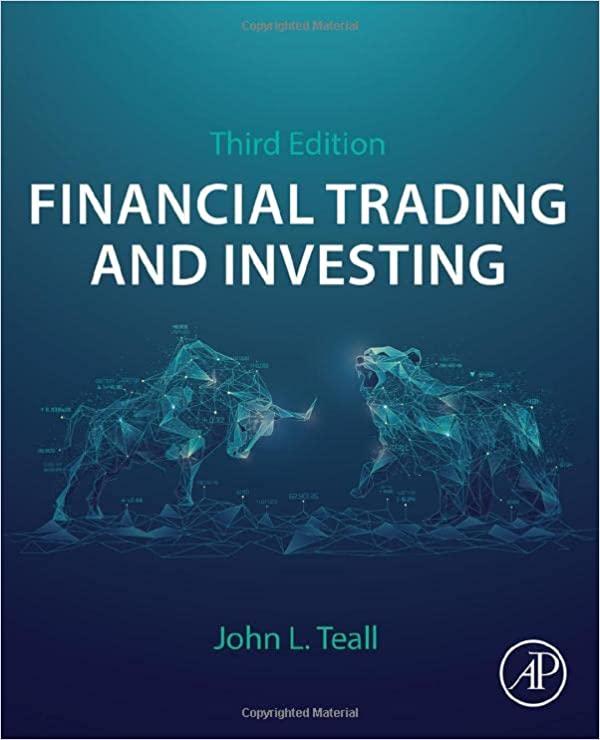An auction house has decided to sell a sculpture in an open outcry second-price auction. The auction
Question:
An auction house has decided to sell a sculpture in an open outcry second-price auction. The auction house manager does not know the value any bidder will place on the work, but does know that every bidder will pay at least $500,000 (there is a gallery that has already announced its intent to pay at least this amount for the work, either from the gallery or from the successful bidder). Thus, the successful bidder can always sell the work for $500,000. In addition, the auction house knows that no one will be willing to pay more than $1,000,000 for the work because the only other identical sculpture (made from the same cast) is on the market for $1,000,000 and has not drawn any interest. Thus, the auction house believes that any particular bidder is willing to pay a random sum between $500,000 and $1,000,000 for the work (this random sum is the value of the work to the bidder), with an expected value of $750,000 and distributed uniformly (any value within this range is equally likely) between the minimum and maximum.
a. Suppose that there are two bidders. What is the expected value of the second highest bid? If there are to be n independent draws from a uniform distribution on the range, [x1, x2], E[xMAX]=x1+(x2 – x1)n/(n+1) and E[xMIN]=x1+ (x2 – x1)/(n+1).
b. Now, suppose instead that there are three bidders for the sculpture. What is the expected value of the second highest bid?
c. Suppose that there are 999 bidders for the sculpture. What is the expected value of the second highest bid?
Step by Step Answer:






